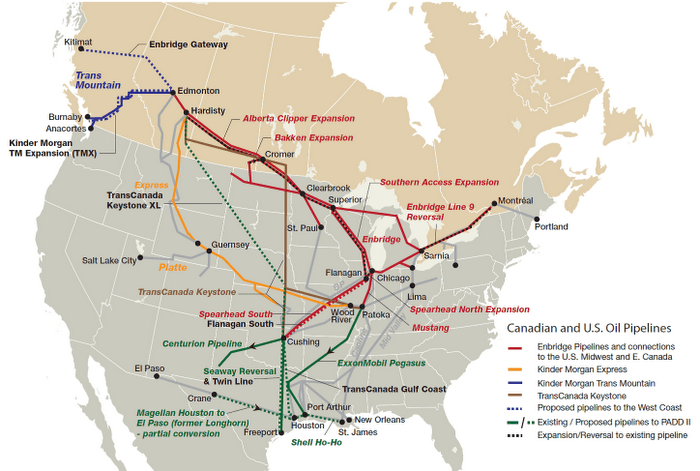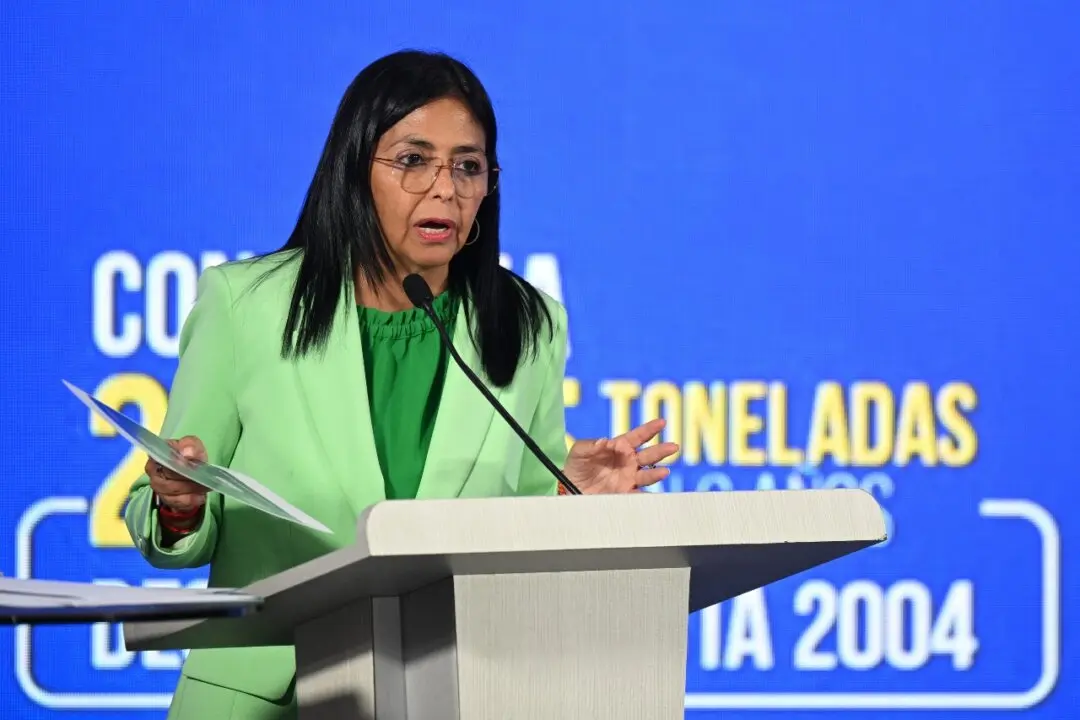A question on many people’s minds is whether the pipeline that leaked 50,000 gallons of oil near the Yellowstone River is how frequently spills happen in the United States?
The Environmental Protection Agency says there’s 14,000 oil spills each year “despite the nation’s best efforts to prevent spills.” The agency noted that “many spills are contained and cleaned up by the party responsible for the spill, some spills require assistance from local and state agencies, and occasionally, the federal government.”
The manager of the Poplar Pipeline, Bridger Pipeline LLC, said in a phone update that the leak--which took place on Saturday--was “shut in.” Cleanup crews are currently working to contain the spill.





